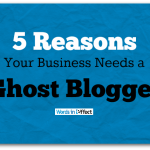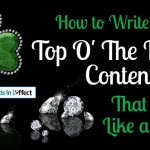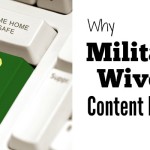
-

-
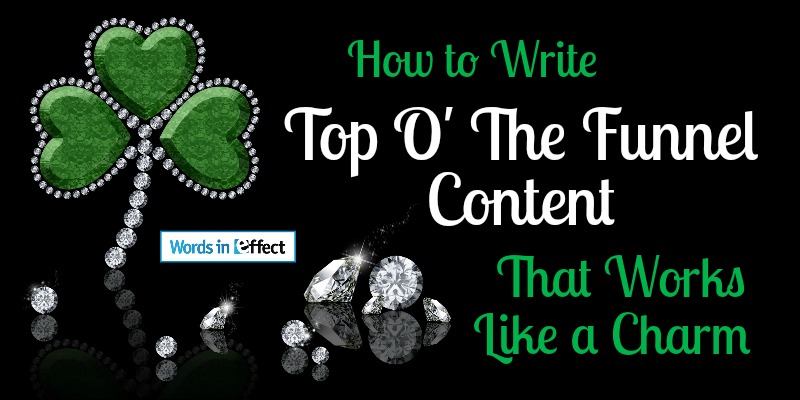
How to Write Top O’ The Funnel Content That Works Like a Charm
Are you a marketer who’s hoping to luck…
-

10 Perfect Gift Ideas for Your B2B Content Audiences
Are you a B2B marketer who’d like to say “thank…
-

The Perils of Writing Poorly: 5 Ways to Kill Your Audience
Do you believe content writing can be delegated…
-
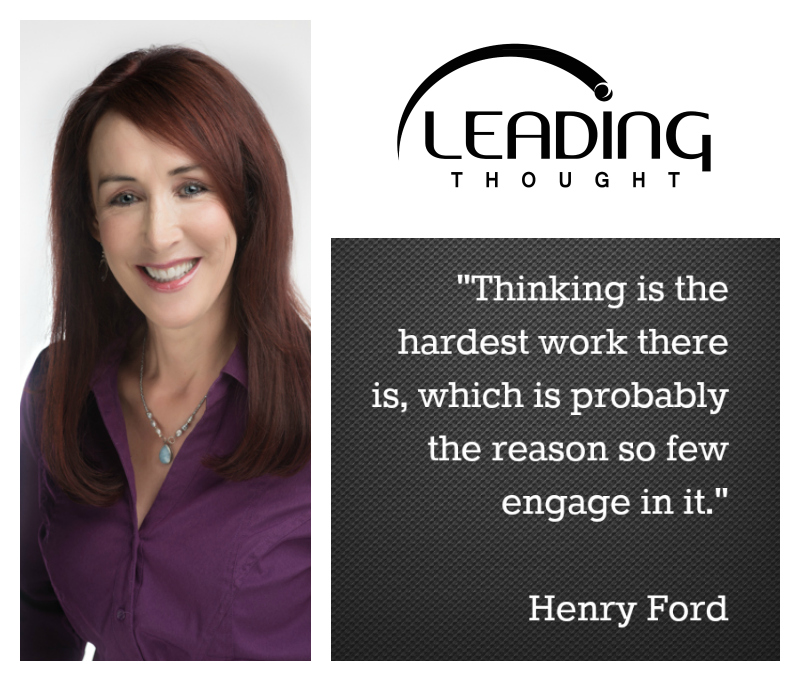
Thought Leadership Is Powerful, Provocative, and Poorly Understood: An Interview With Dr. Liz Alexander of Leading Thought
By Becky Tumidolsky Some marketers believe thought leadership…
-
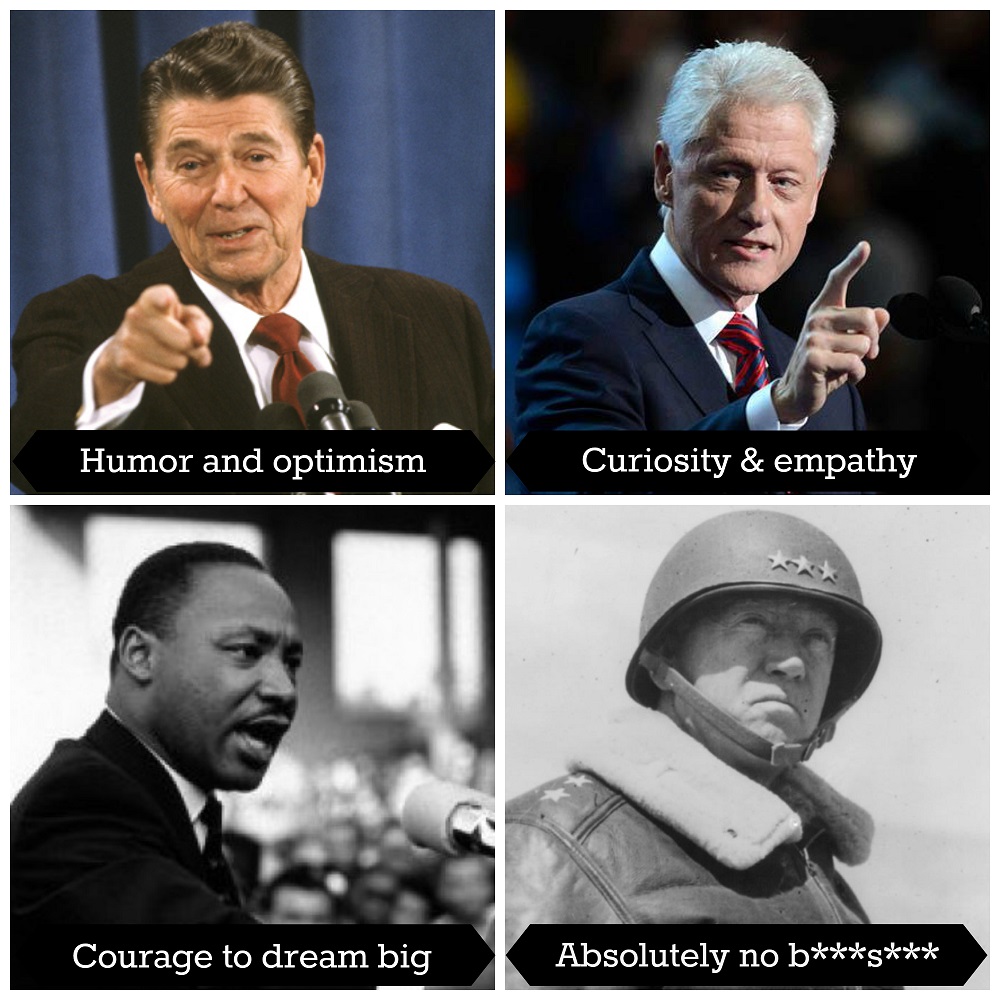
Want to Engage and Inspire Audiences? Learn the Secrets of History’s Great Communicators
By Becky Tumidolsky B2B marketers’ aspirations have never been…
